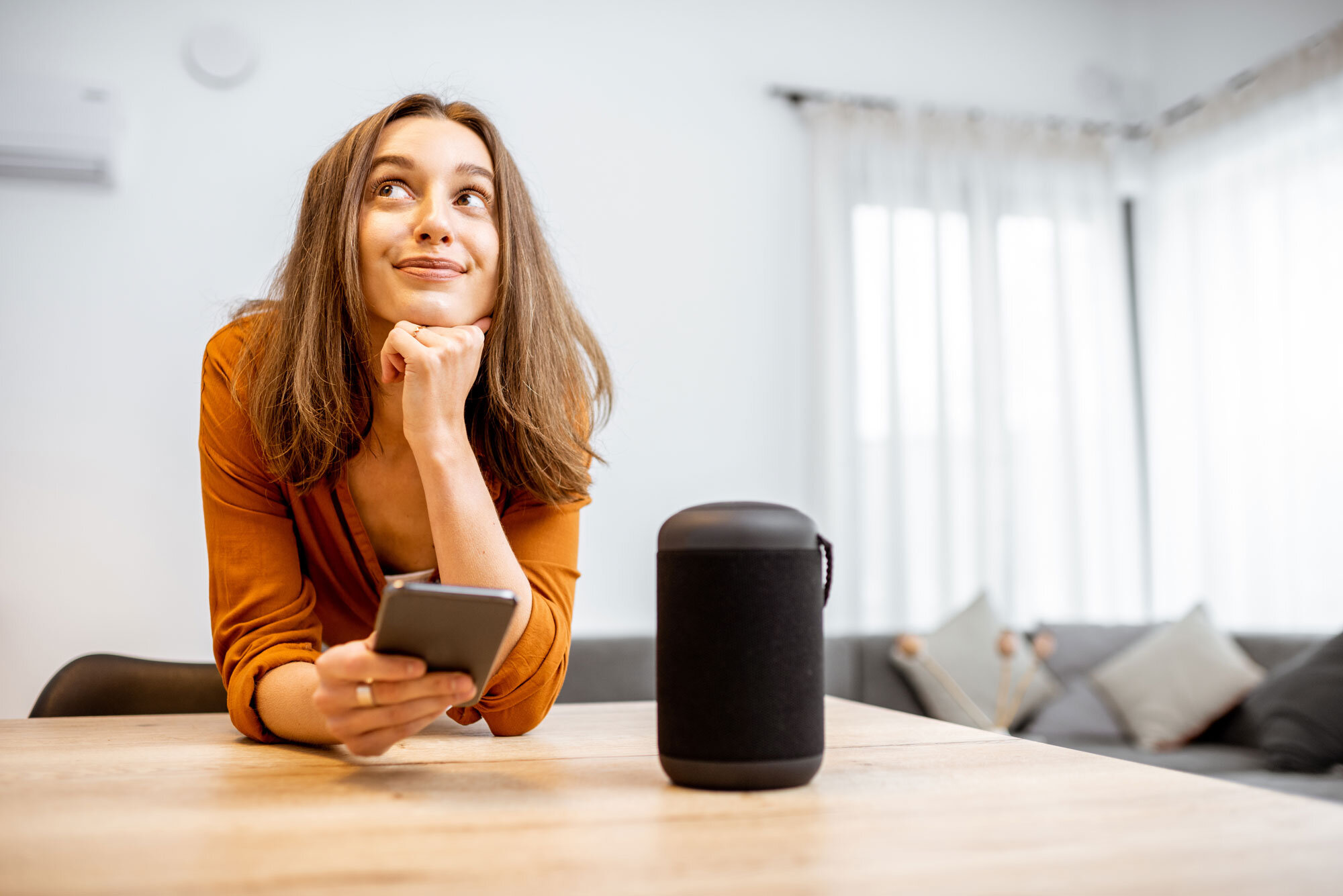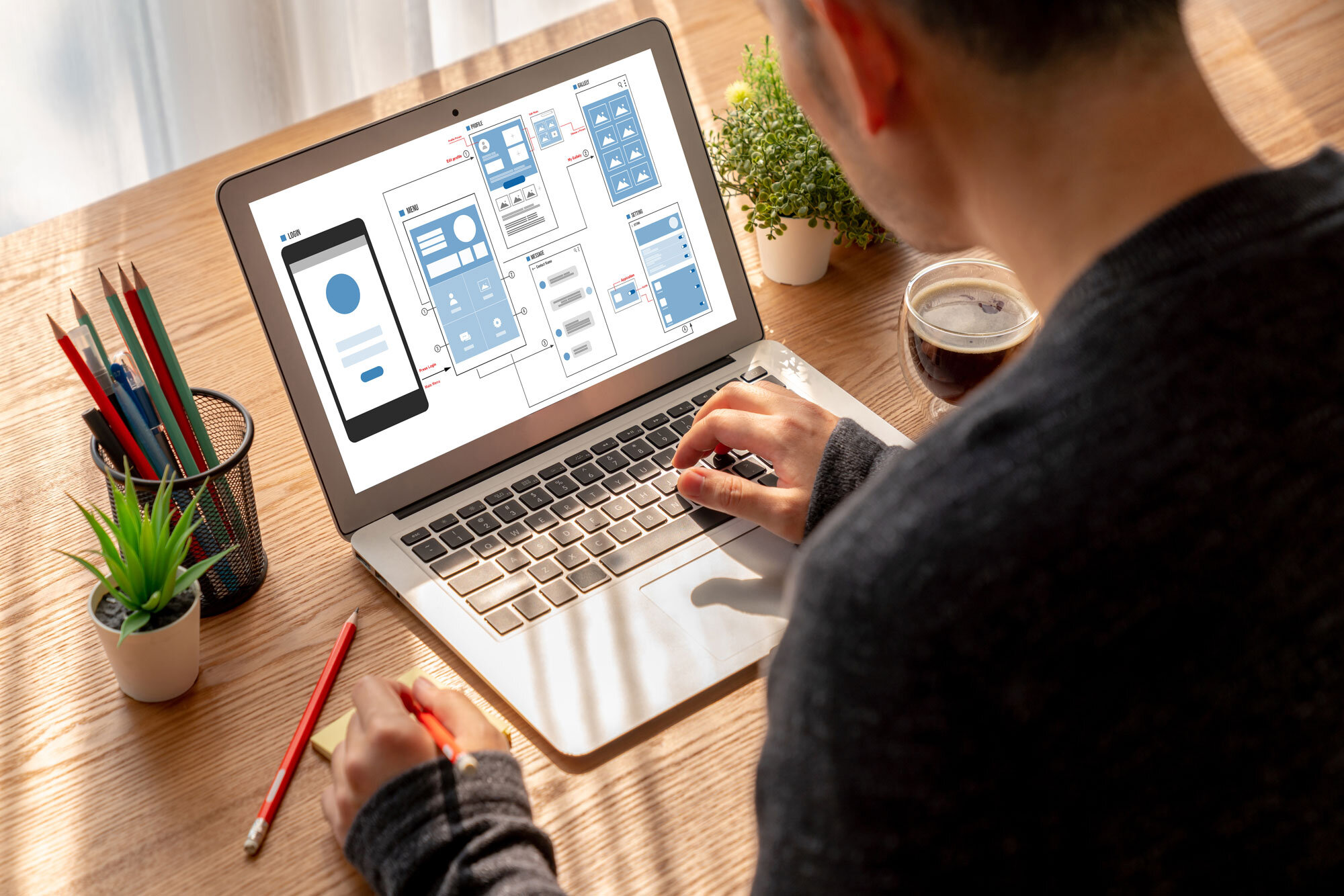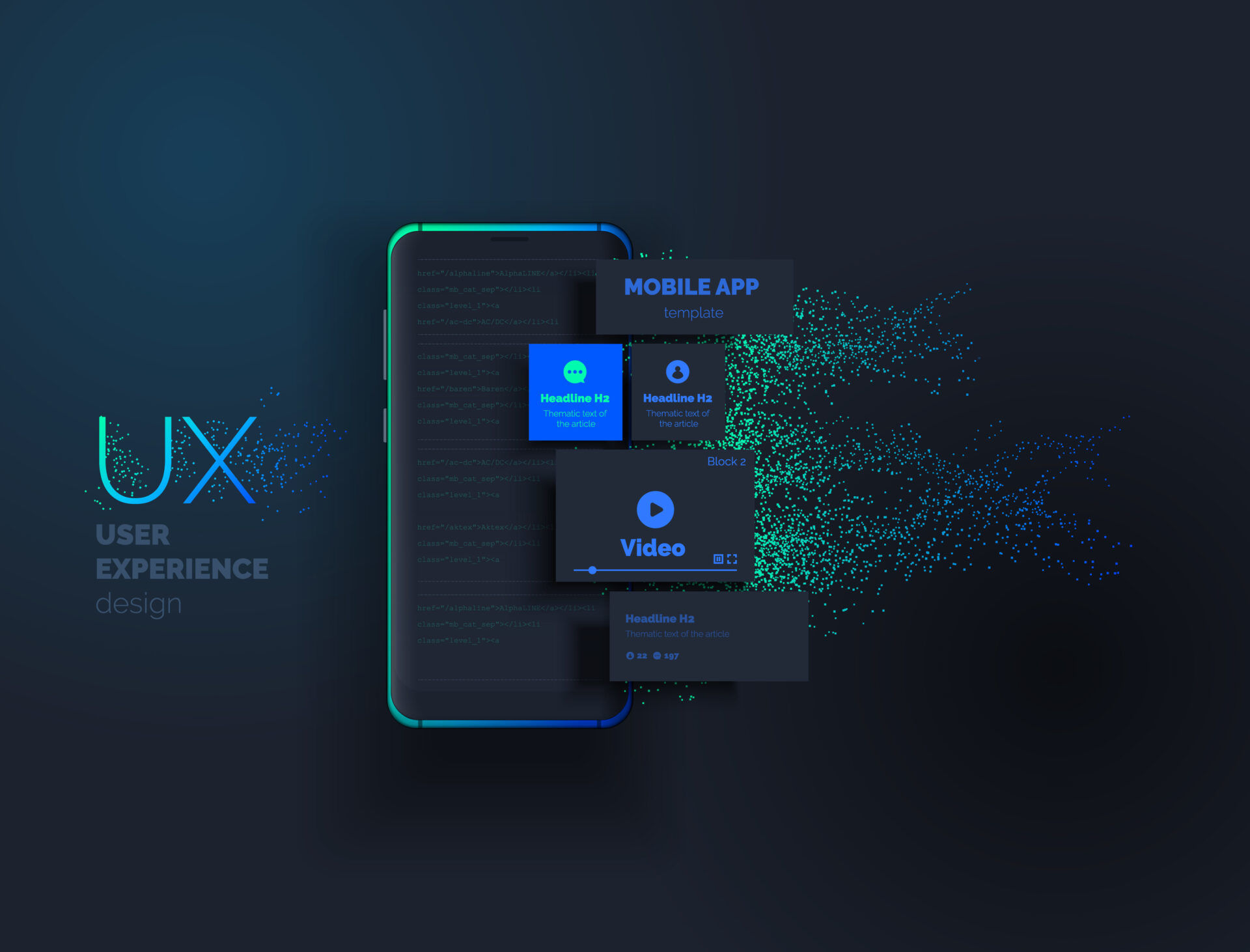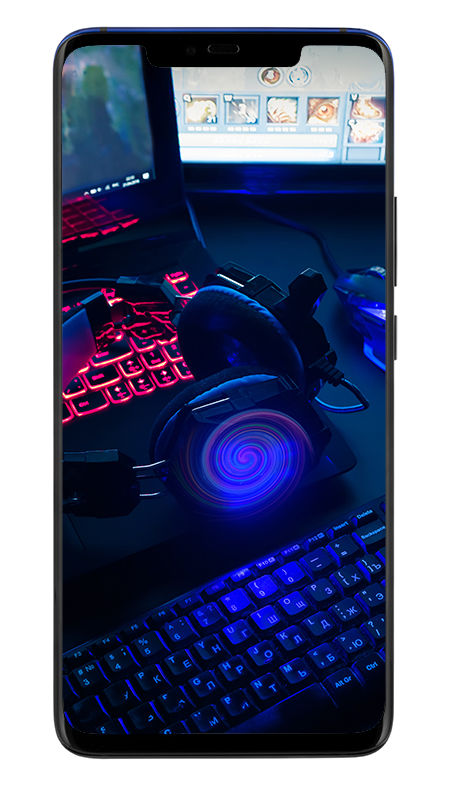01
Personalization and AI-Powered Experiences
Personalization and AI-Powered Experiences have become a cornerstone of modern digital interactions, transforming how users interact with technology and services. Through the power of artificial intelligence, systems can now learn from individual users’ behaviors, preferences, and interactions to create highly tailored experiences that resonate on a personal level. For instance, streaming platforms may recommend movies based on viewing histories, while e-commerce sites suggest products inspired by previous purchases or browsing habits. This combination of personalization and AI-powered experiences not only enhances user engagement and satisfaction but also drives significant improvements in service effectiveness and efficiency.
OpenAI
Chief Technology Officer at OpenAI
Pecan.AI
CEO and co-founder of Pecan AI
Google AI
CEO of Google
Leonardo.AI
Researcher and Co-Founder of Leonardo.AI
“If future generations are to remember us more with gratitude than sorrow, we must achieve more than just the miracles of technology. We must also leave them a glimpse of the world as it was created, not just as it looked when we got through with it.”
– Lyndon B. Johnson, Former President of the United States of America
02
Voice User Interface (VUI) and Conversational Design
Voice User Interface (VUI) and Conversational Design are revolutionizing the way we interact with technology. VUI allows for intuitive and hands-free interactions, making devices and applications more accessible and user-friendly, while Conversational Design focuses on designing conversational flows that mimic human conversations, creating engaging and personalized user experiences.
ChatBots

Transforming User Engagement and Support
Chatbots enable businesses to provide instant support, answer customer queries, and engage users in personalized conversations. By leveraging natural language processing and machine learning algorithms, chatbots can understand user intents and deliver relevant information, improving the overall user experience. With chatbots, businesses can transform user engagement and support, offering efficient and personalized assistance round the clock.
“...interacting with chatbots creates in our brains a new model which results in a new state of mind.”
– Dr. Margalit appeared in Forbes Magazine
Liraz Margalit, PhD, is a Social Psychologist who specializes in Behavioral Design and Decision Making.
Smart Home Voice-Enabled Devices

Command Your Comfort
Welcome to the future where a simple voice command is all you need to control your home. Voice-enabled smart devices can now seamlessly manage your lighting, temperature, and music preferences, creating a space that truly listens and adapts to you.
Smart Home Voice-Enabled Devices, often integrated with virtual assistants like Amazon Alexa, Google Assistant, or Apple’s Siri, have revolutionized the way we interact with our home environments. Beyond their core functionality, these devices have evolved into information hubs that can answer queries, provide news updates, schedule reminders, or even place online orders. They function using complex artificial intelligence algorithms that interpret voice commands, execute the requested actions, and learn from the users’ preferences over time.
03
Mobile-First Approach
The mobile-first approach is a design strategy that prioritizes the development of a website or application for mobile devices first and then scales up to larger screens. With the increasing use of smartphones and tablets, designing for mobile devices has become a crucial aspect of web usability.

Technology's Influential Role in Driving Behavior

The mobile-first approach aligns with the evolving behaviors and preferences of users who are increasingly relying on their smartphones and tablets for browsing and shopping. By starting with mobile design, designers can create experiences that are optimized for smaller screens, touch interactions, and on-the-go usage.
In 2023, the mobile-first approach is more critical than ever as mobile traffic surpasses desktop usage. Designing for mobile first ensures that websites and applications are accessible and user-friendly across a wide range of devices, providing a consistent and engaging experience for users.
Performance, Design, and Innovation
As part of the mobile-first approach, designers are also focusing on performance optimization, responsive design, and leveraging new technologies such as progressive web apps (PWAs) and accelerated mobile pages (AMP) to enhance the mobile experience. This approach allows businesses to reach and engage their target audience effectively while staying ahead of the evolving digital landscape.
04
User-Centric Design
By placing the user at the center of the design process, user-centric design aims to create experiences that are intuitive, efficient, and enjoyable to use. It promotes empathy, usability, and user satisfaction, ultimately leading to increased user engagement and loyalty.
Count Down Timers
By thoughtfully integrating timers with dynamic visuals, such as color changes, exciting typography, and strategic placement, designers can craft an experience that not only aligns with the brand’s message but also captivates the target audience, encouraging immediate action.
Only Limited Time Left Until The 2025 Style Guide
Share Buttons
User-centric design emphasizes the importance of customization and personalization. Therefore, offering a range of social media platforms to choose from, along with the ability to add personal comments or captions, enhances the user’s sense of control and enables them to share content in their preferred way. Additionally, incorporating social proof indicators, such as share counts or testimonials, can further encourage users to engage with the share buttons and contribute to a sense of trust and credibility.
Engaging Web Aesthetics
Engaging web aesthetics are a key element of user-centric design, as they have the power to capture users’ attention, evoke emotions, and create a memorable experience. By carefully selecting and combining visual elements such as colors, typography, imagery, and layouts, designers can create an aesthetic that aligns with the brand identity and resonates with the target audience.
05
Augmented Reality (AR)
Augmented Reality (AR) superimposes digital information onto the real-world, enhancing user perception with context-specific details. Its applications are diverse, enhancing interactivity in gaming, aiding visualization in industrial design, enriching learning experiences in education, and improving buying decisions in retail. As mobile devices and headsets become more advanced, AR’s potential to seamlessly blend digital information into our everyday lives increases, promising a significant transformation in how we interact with our physical environment.

Four Key Types of Augmented Reality
Marker-Based
This type of AR uses image recognition. When the AR device's camera detects a specific pattern or QR code (the marker), it overlays a virtual object on the image of the marker.
Projection-Based
This AR projects synthetic light to physical surfaces, and in some cases, allows to interact with it. These are typically used in immersive simulation for training and education.

Marker-less
This type of AR uses GPS, accelerometers, and digital compasses to provide data based on the user's location. This data then determines what AR content you find in a particular area.
Overlay-Based
This type either partially or fully replaces the original view with a newly augmented, altered view of an object. An example of this is the IKEA AR furniture catalog.
06
Dark Mode Design
Dark Mode Design is a user interface (UI) theme that uses darker color palettes for app interfaces, websites, and operating systems. Instead of the traditionally used lighter backgrounds with darker text, dark mode employs darker backgrounds with lighter text and graphic elements. The benefits of dark mode are numerous. For users, it can reduce eye strain, particularly in low-light or night-time conditions, and it can help conserve battery life on OLED and AMOLED screens. From a design perspective, dark mode can provide a fresh, modern aesthetic that highlights other design elements, and it can also give users an additional degree of personalization.
Key Considerations
Remember, the goal of Dark Mode design is to make browsing your website a comfortable experience for users, regardless of their environmental lighting or personal preferences.

07
Gamification
Gamification is a powerful strategy for boosting user engagement by incorporating game-like elements into non-gaming contexts, such as websites, apps, or online communities. These elements could include points systems, leaderboards, badges, challenges, or progress tracking, among others. By tapping into the human drive for competition, achievement, and social interaction, gamification can make user experiences more fun, rewarding, and immersive. This can result in increased user interaction, loyalty, and overall engagement.
User Engagement
One of the primary ways gamification boosts engagement is by promoting active user participation. Through challenges, point systems, badges, and leaderboards, users are encouraged to take an active role, whether that’s answering quiz questions, completing tasks, or making progress towards a goal.
Another way gamification engages users is through positive reinforcement. By rewarding users for their actions, gamification can provide a sense of achievement and satisfaction, which can motivate users to keep playing, learning, or interacting. This can lead to increased user retention, interaction, and loyalty.
Click the ball to see the hidden message.
Congratulations! You've demonstrated outstanding speed, precision, and tenacity in this game. Your achievement not only reflects your commitment to challenge yourself but also represents the spirit of enjoyment and learning that is the essence of gamification.
Learning Experiences
Another common use of gamification is in the context of Learning & Development. Gamified learning experiences can make the process of acquiring new knowledge or skills more engaging and enjoyable.
For instance, an online learning platform might incorporate quizzes, badges, points, or levels to keep learners motivated. Users might earn points for completing a lesson, badges for mastering a topic, or move up levels as they progress through the course.
This not only makes learning more fun, but can also improve learning outcomes. Users might be more motivated to stick with the course, spend more time learning, or engage more deeply with the material. They may also be more likely to return to the platform for future learning needs.
To summarize, gamification can transform learning from a potentially dry, challenging process into an engaging and rewarding game.
08
Inclusive Design and Accessibility
Inclusive design and accessibility are crucial considerations in the process of creating products, services, and experiences that can be accessed, understood, and used by the widest possible audience, regardless of their physical, sensory, or cognitive abilities. Inclusive design involves considering the full spectrum of human diversity with respect to ability, language, culture, gender, age, and other forms of human difference. The goal is to design for all and ensure no one is excluded or disadvantaged.
Accessibility
This on-screen keyboard serves as just a simple demonstration of the diverse range of accessibility features that designers and developers can integrate into their digital products. Accessibility in web development extends far beyond interactive elements like on-screen keyboards. It involves crafting an inclusive user experience that addresses the needs of all users, including those with disabilities.
Some Other Key Considerations
These are some of the strategies employed in the realm of web accessibility to create more inclusive digital environments. They align with the Web Content Accessibility Guidelines (WCAG), a set of recommendations for making web content more accessible to people with disabilities.
Text Alternatives for Non-Text Content: Providing alt text for images, transcripts for audio, and captions for videos ensures that users with visual or auditory impairments can access this content.
Keyboard Accessibility: All functionality should be available using a keyboard for people who can’t use a mouse due to physical impairments.
Contrast and Color Use: Text and images should have sufficient contrast against the background, and color shouldn’t be the only way information is conveyed, to assist users with visual impairments or color blindness.
Consistent Navigation: Keeping layouts and navigation consistent throughout a website can help users with cognitive disabilities.
Scalable Text: Text should be resizable (up to 200%) without loss of content or functionality, catering to users with visual impairments.
Accessible Forms: Form controls should have descriptive labels or instructions to ensure users with visual or cognitive disabilities can understand and interact with the form.
ARIA Roles and Properties: Using Accessible Rich Internet Applications (ARIA) roles and properties can improve accessibility of dynamic content and user interface components, making them more readable by screen readers.
Avoidance of Seizure-Inducing Content: Avoid designing content in a way that is known to cause seizures (flashing at certain frequencies, for example) for users with conditions like epilepsy.
Clear and Simple Language: Use of clear and simple language to ensure content is accessible to individuals with cognitive impairments, learning disabilities, or those who are not fluent in the language.
09
Data Privacy and Security
Data privacy and security are big topics in 2023. With more devices connected to the internet and advancements in technology like artificial intelligence, we’re creating and sharing more data than ever before. This makes it important to keep that data safe. There are also laws that companies have to follow to make sure people’s personal data is kept private. These laws, like GDPR in Europe and CCPA in the U.S., require companies to handle data carefully and give people more control over their own data. Because of this, companies are adopting privacy-by-design approaches, embedding data protection principles into their products from the onset. These developments highlight the increasing emphasis on and complexity of maintaining data privacy and security in an interconnected digital landscape.
Browser Privacy & Security
Browser privacy and security are key considerations in today’s digital world where users spend significant time online, often sharing sensitive personal information. They encompass the measures implemented to protect users’ data from being tracked, stolen, or misused when using a web browser. Privacy relates to controlling who has access to information about a user’s online activities, while security is about safeguarding data from malicious attacks. Browsers have integrated various features to enhance privacy and security, such as the option to browse in ‘incognito’ or ‘private’ mode, which limits the amount of user data stored by the browser. Moreover, many browsers offer tracking protection to block third-party cookies and trackers that collect information about user behavior.
Data Encryption & VPNs
Data encryption and Virtual Private Networks (VPNs) are essential tools in the quest for data security and privacy online. Data encryption transforms plain text data into an unreadable format, often called ciphertext, using an encryption algorithm and a unique encryption key. This process ensures that even if data is intercepted during transmission, it remains unintelligible and useless to unauthorized parties. VPNs, on the other hand, create a secure, encrypted “tunnel” over the internet between the user’s device and the VPN server. This hides the user’s IP address, making their online actions virtually untraceable, and provides a secure path for data transmission, free from the prying eyes of potential attackers. Combining data encryption with VPNs provides a robust security solution that protects data integrity and confidentiality, particularly when transmitting data over insecure networks, such as public Wi-Fi.
Network Security
Network security is a critical component in the digital age, focused on the measures and protocols implemented to protect the integrity and usability of network infrastructure and network-accessible resources. It encompasses both hardware and software technologies, with the goal of preventing unauthorized access, misuse, malfunction, modification, destruction, or improper disclosure, thereby creating a secure platform for users, programs, and computers. Effective network security manages access to the network, targeting a variety of threats and preventing them from entering or spreading throughout the network. It employs layers of defense at the edge and within the network, with each network security layer implementing policies and controls to ensure only authorized users have access, and potential threats are evaluated and blocked.
Block Chain
Blockchain technology is revolutionizing the concept of digital security and trust. Its decentralized nature, where data is distributed across a network of computers, enhances security by ensuring that there isn’t a single point of failure vulnerable to attacks. In blockchain, every transaction is recorded and verified across a network of nodes, making it incredibly difficult for anyone to alter previous transactions. This transparency and immutability characteristic of blockchain technology is what bolsters its security. Moreover, blockchain employs cryptographic principles; every block contains a cryptographic hash of the previous block, a timestamp, and transaction data, further enhancing the security and integrity of the data.
10
Sustainable Web Design
Sustainable web design is a strategy that focuses on creating websites that have a low environmental impact by optimizing efficiency and longevity. This approach addresses the issue of the internet’s significant energy consumption and its resultant carbon emissions. By implementing sustainable web design practices, such as minimizing HTTP requests, optimizing images and videos, employing efficient coding practices, and choosing green hosting providers, web developers can significantly reduce the carbon footprint of their websites.

“With or without technology, change is certain. For the technological change however, what is not certain is driving the change or being driven by it”
– Dwayne Mulenga Isaac Jr
Thank you for exploring our style guide. We value your engagement and interest. Please don’t hesitate to contact us if you have any questions or need further assistance.
Back To The Top

